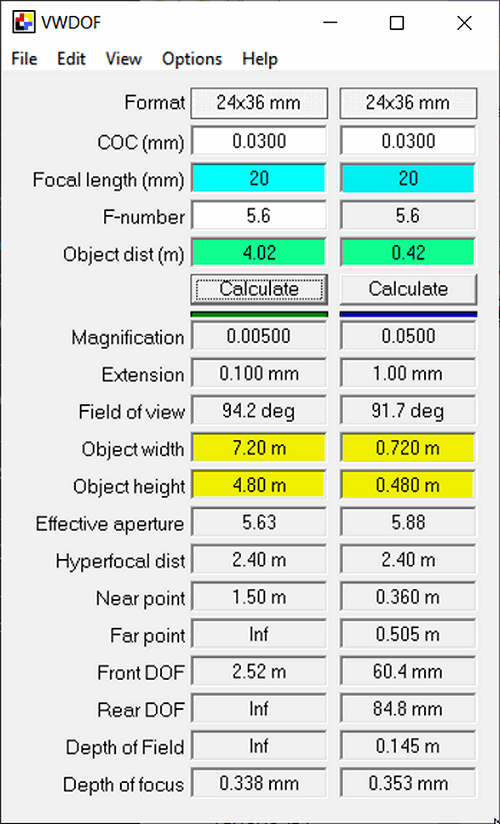CharlesH
LMF-Patron Gold
Thanks all for the good discussion, and the distinction between lens distortion and perspective distortion.
I'd like to add some comments. First, about Lightroom and lens profile correction with Panasonic lenses, and with the 18-40mm lens. For a JPEG photo, the camera applies the correction that comes along with the lens. This is baked into the JPEG, there is nothing you can do about it in Lightroom. (That is not quite right, you can manually add further barrel or pincushion distortion correction if you want.) Raw is a different story. For RAW files the photo is not corrected for distortion, and the lens profile correction is passed along in the file with the EXIF data. By default Lightroom applies the lens profile correction in the EXIF data. You can turn this off in Lightroom if you want, and see the uncorrected photo. The 18-40mm lens uncorrected has very high barrel distortion at 18mm. Perhaps you might use 3rd party software to correct this, or use the manual correction function in Lightroom.
The 18-40mm lens is designed to be rectilinear after the lens distortion profile is applied. Again, this profile is applied in the camera for JPEG photos, and is applied in post-processing for RAW photos.
For my own understanding I set up a test to see what rectilinear looks like at 18 mm with this lens. I used VIOSO to design a 3:2 test pattern with 96 equal squares in 12 columns and 8 rows. I displayed the test pattern full screen on my monitor, and set up the S1R II on a tripod to photograph the test pattern. I aligned the camera to be centered and the correct distance and perpendicular to the test pattern as best as I could without the aid of a precision alignment setup.
This is the test pattern
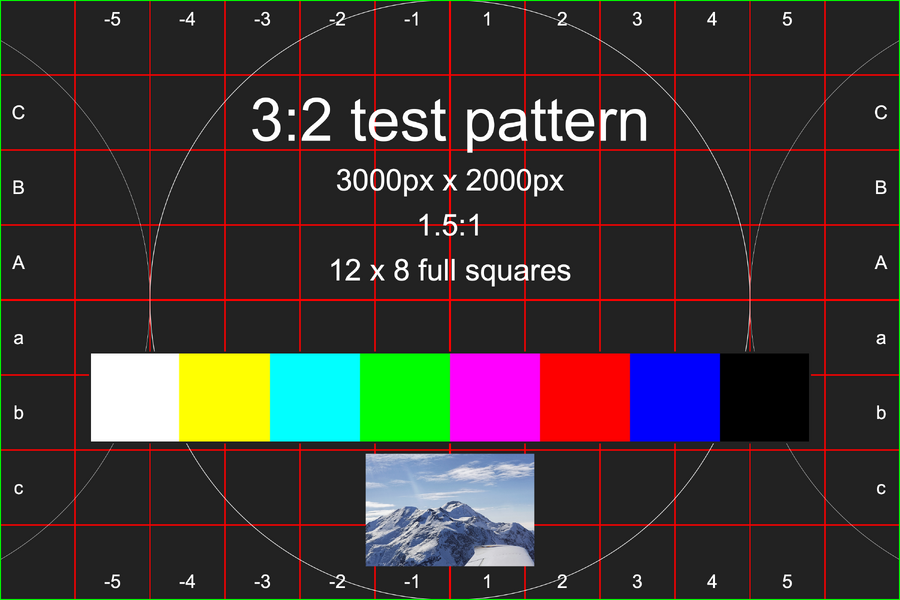
This is the JPEG photo in Lightroom
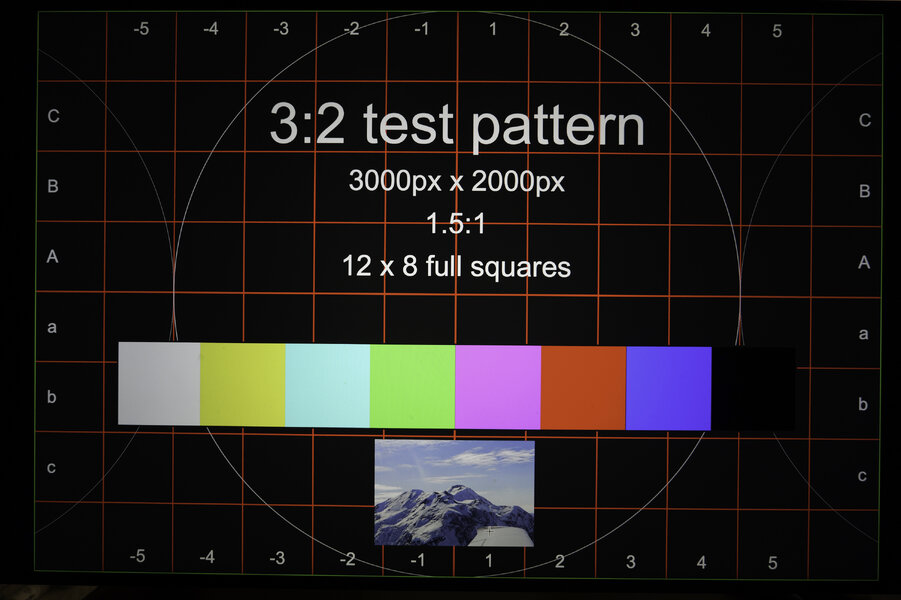
Note the test pattern is not perfectly aligned, but is pretty good. This photo has a small amount of barrel distortion, probably not enough to show in most photos. I printed this out and measured the squares in the middle and at the extremes. Within the limits of this test they are all the sme size. Circles, faces, people would not be distorted under these conditions.
This is the RAW photo in Lightroom
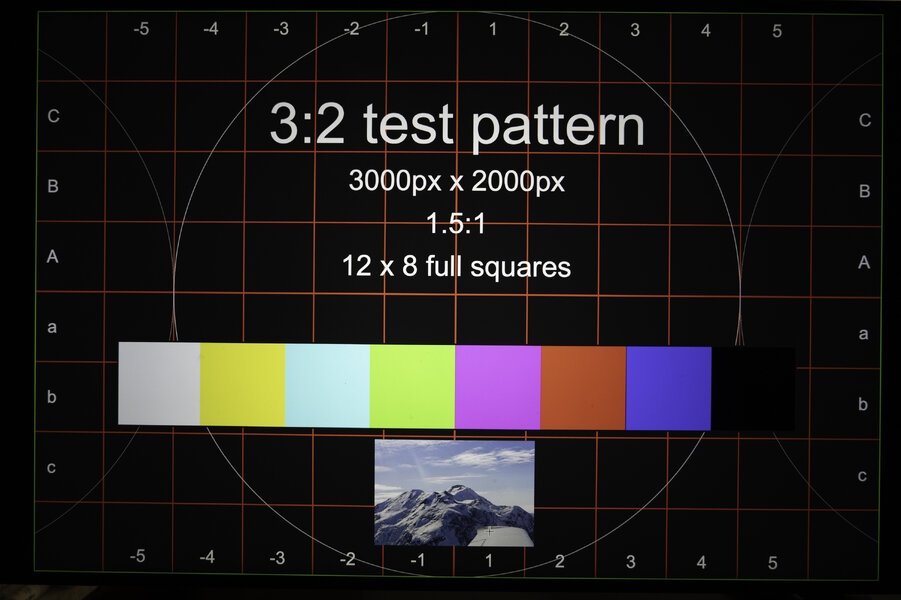
Note this looks the same as the JPEG photo.
This is the RAW photo with distortion correction turned off in Lightroom
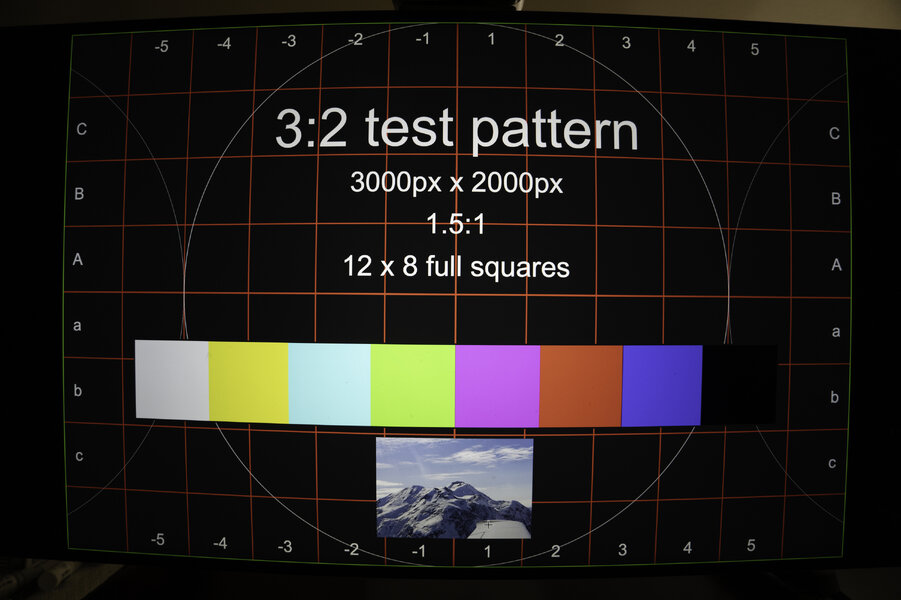
Note the high amount of barrel distortion when distortion correction is not applied.
I also took a look at this with DxO, using DxO PureRAW as an add-on in Lightroom. DxO does NOT use the Panasonic EXIF data to correct distortion. Instead they test every lens and derive their own distortion correction profile.
Here is the RAW photo using DxO PureRAW

A first thing to note is the test pattern is a little smaller. DxO always pulls out a little more from wide angle lenses, so the 18-40mm lens at 18mm is a little wider angle with DxO than with the Lightroom RAW conversion. Another thing, there is essentially no barrel or pincushion distortion, so DxO does a better job here than Lightroom. Finally the boxs are all the same size so it is rectilinear.
Again, this testing was for me to see what rectilinear looks like with the 18-40mm at 18mm with Lightroom, and with DxO. I found it useful and I hope it adds a little to this discussion.
I'd like to add some comments. First, about Lightroom and lens profile correction with Panasonic lenses, and with the 18-40mm lens. For a JPEG photo, the camera applies the correction that comes along with the lens. This is baked into the JPEG, there is nothing you can do about it in Lightroom. (That is not quite right, you can manually add further barrel or pincushion distortion correction if you want.) Raw is a different story. For RAW files the photo is not corrected for distortion, and the lens profile correction is passed along in the file with the EXIF data. By default Lightroom applies the lens profile correction in the EXIF data. You can turn this off in Lightroom if you want, and see the uncorrected photo. The 18-40mm lens uncorrected has very high barrel distortion at 18mm. Perhaps you might use 3rd party software to correct this, or use the manual correction function in Lightroom.
The 18-40mm lens is designed to be rectilinear after the lens distortion profile is applied. Again, this profile is applied in the camera for JPEG photos, and is applied in post-processing for RAW photos.
For my own understanding I set up a test to see what rectilinear looks like at 18 mm with this lens. I used VIOSO to design a 3:2 test pattern with 96 equal squares in 12 columns and 8 rows. I displayed the test pattern full screen on my monitor, and set up the S1R II on a tripod to photograph the test pattern. I aligned the camera to be centered and the correct distance and perpendicular to the test pattern as best as I could without the aid of a precision alignment setup.
This is the test pattern

This is the JPEG photo in Lightroom

- Panasonic - DC-S1RM2
- LUMIX S 18-40/F4.5-6.3
- 18.0 mm
- ƒ/4.5
- 1/40 sec
- Pattern
- Manual exposure
- ISO 1000
Note the test pattern is not perfectly aligned, but is pretty good. This photo has a small amount of barrel distortion, probably not enough to show in most photos. I printed this out and measured the squares in the middle and at the extremes. Within the limits of this test they are all the sme size. Circles, faces, people would not be distorted under these conditions.
This is the RAW photo in Lightroom

- Panasonic - DC-S1RM2
- LUMIX S 18-40/F4.5-6.3
- 18.0 mm
- ƒ/4.5
- 1/40 sec
- Pattern
- Manual exposure
- ISO 1000
Note this looks the same as the JPEG photo.
This is the RAW photo with distortion correction turned off in Lightroom

- Panasonic - DC-S1RM2
- LUMIX S 18-40/F4.5-6.3
- 18.0 mm
- ƒ/4.5
- 1/40 sec
- Pattern
- Manual exposure
- ISO 1000
Note the high amount of barrel distortion when distortion correction is not applied.
I also took a look at this with DxO, using DxO PureRAW as an add-on in Lightroom. DxO does NOT use the Panasonic EXIF data to correct distortion. Instead they test every lens and derive their own distortion correction profile.
Here is the RAW photo using DxO PureRAW

- Panasonic - DC-S1RM2
- LUMIX S 18-40/F4.5-6.3
- 18.0 mm
- ƒ/4.5
- 1/40 sec
- Pattern
- Manual exposure
- ISO 1000
A first thing to note is the test pattern is a little smaller. DxO always pulls out a little more from wide angle lenses, so the 18-40mm lens at 18mm is a little wider angle with DxO than with the Lightroom RAW conversion. Another thing, there is essentially no barrel or pincushion distortion, so DxO does a better job here than Lightroom. Finally the boxs are all the same size so it is rectilinear.
Again, this testing was for me to see what rectilinear looks like with the 18-40mm at 18mm with Lightroom, and with DxO. I found it useful and I hope it adds a little to this discussion.
